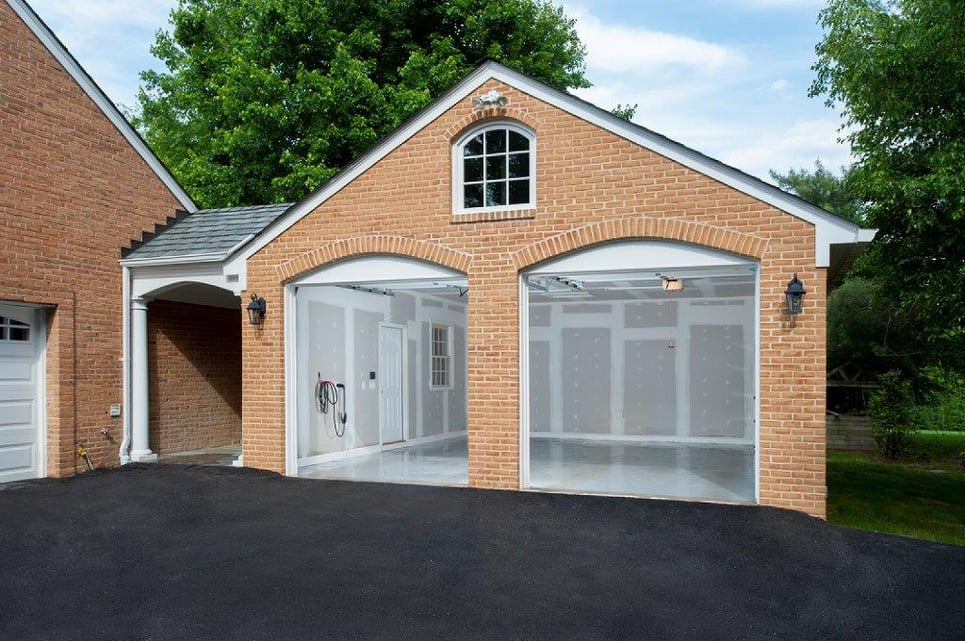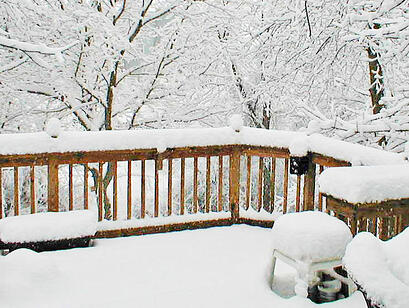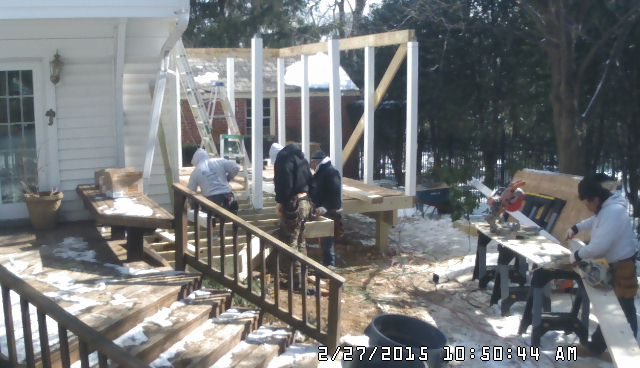.jpg?width=966&name=curved%20flagstone%20patio%20walkway%20and%20retaining%20wall%20(3).jpg)
As winter steadily carries on, more homeowners are asking the same question: How can I deal with accumulated snow in the easiest way possible? For many, the answer is radiant heat. But what is radiant heat, and what the distinct advantages of investing in this type of heating system?
Considering Radiant Heat? Here Are 7 Reasons It Makes Sense
What Is Radiant Heat?
Radiant heat is a system wherein heat is delivered directly to a floor, panel, or other surface via infrared waves. This type of heating system does not heat the ambient air. Rather, it heats anything that comes in contact with these infrared waves. It can be used indoors or outdoors, so it’s equally feasible for interior spaces and exterior living areas. Proline Radiant is an example of a snowmelt system manufacturer.
When installed outside (under patios, driveways, or exterior walkways, for example), it provides numerous benefits during the winter months:
1. Detached garage? With radiant heat, it’s not a problem!
If you have a detached garage, your car is safe from the elements, but you still have to make the trek from the actual garage to your front door. Sure, you could meticulously shovel that path every time you get new snowfall—or you could install a radiant heating system under the path from garage to door. Never trudge through the snow again!

2. Shoveling can be logistically tricky in urban environments.
If you live in an urban neighborhood, it’s likely you have smaller exterior spaces between your home and your neighbors. You might also have a closed-in backyard. All this leads to difficult areas to shovel—not to mention the question of where you’ll actually put the shoveled snow itself. With radiant heat, you won’t have to worry about any of this.
3. In small areas, cost to operate can be reasonable.
There’s no denying that radiant heat is a luxury item. It’s not an investment in the way a metal roof or double-pane windows might be.  However, having said that, when it’s installed in smaller areas (under around 200 square feet), the cost to run can be more attractive. (Any area larger than that, though, and the operation costs can start to be prohibitive.)
However, having said that, when it’s installed in smaller areas (under around 200 square feet), the cost to run can be more attractive. (Any area larger than that, though, and the operation costs can start to be prohibitive.)
4. Radiant heat helps protect your car.
Since radiant heat melts the snow, you will have to worry less about your car getting scratched or otherwise damaged by snow buildup, as well as all the debris that can accumulate in that snow. With the lack of snow, you also won’t have to resort to salting your driveway. This is great news for your car because salt can quickly and easily wreak havoc on your ride!
5. Eliminated ice means increased safety.
Do you have your parents, in-laws, or any older relatives living with you? Concerned about slipping and falling on the ice yourself? If ice and snow give you pause for the safety and well-being of you or your family, radiant heat can be a simple way to ensure your walkways are free of ice.
Remember, even when you diligently shovel, there’s often still a layer of ice underneath, and that can be an accident waiting to happen. With radiant heat, the path is not just free of snow; it’s entirely dry.
6. Radiant heat can help you protect expensive investments.
Say you’ve recently installed a high-end outdoor kitchen. The last thing you’d want is for snow to scratch or otherwise damage that nice cabinetry or pristine cooking accessory. Radiant heat can ensure your kitchen is never exposed to snow buildup and, in this way, can extend the usable life of that exterior living space.

7. Radiant heat is easy!
Some heating systems require you to set timers or manually operate the controls. Radiant heat, on the other hand, runs on a weather dial. This means that as soon as it’s cold and moist enough, the system will automatically activate. Even if you get surprised by an overnight storm, you’ll still wake up to a perfectly dry path wherever you’ve installed the radiant heating.
If you’ve heard about radiant heat but are on the fence about installing it, consider these numerous benefits in order to decide if it’s a good fit for your home.

